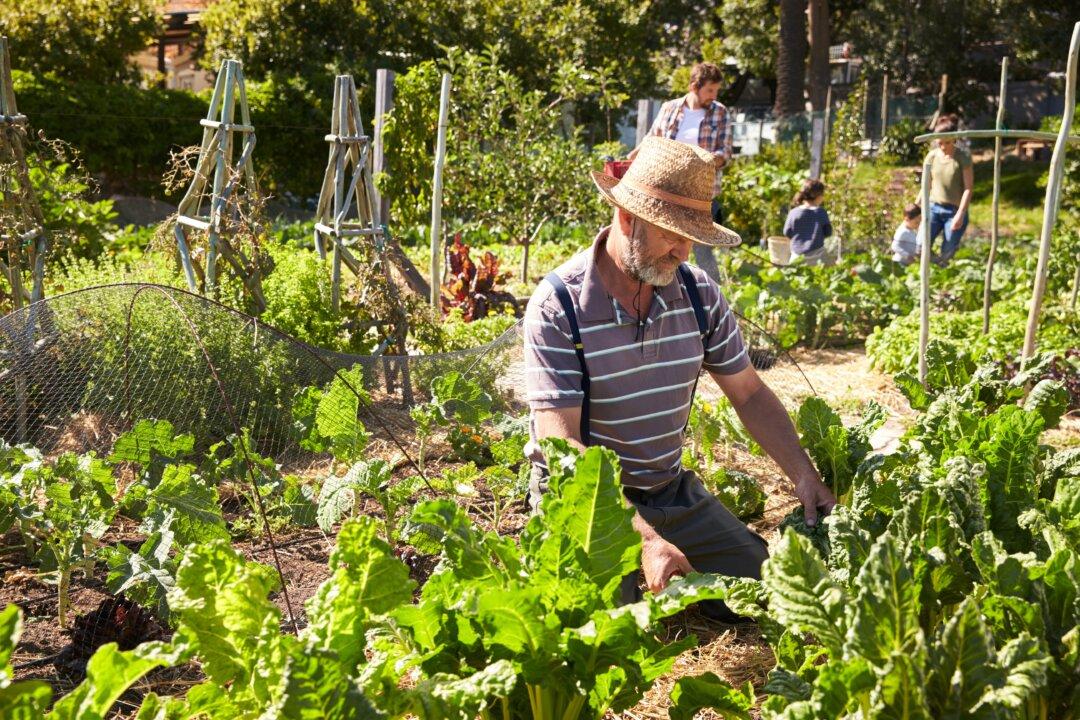These days, upcycling seems to be on trend. On TV, particularly natty-looking hipsters demonstrate how to re-purpose ordinary household objects into beautiful, inventive items, often made for little money—and sometimes sold to “boutique shops” for a handsome sum.
In countless cafés, you’ll find up-cycled tin cans as cutlery holders and canning jars as drinking glasses. A coffee shop I used to frequent had old-fashioned sewing machine treadle bases as tables—beautiful to look at, but a killer if you cracked your shin on the mechanism below the table. I recently saw a review for a restaurant in the UK where food was served on shovels. Yes, gardening equipment! Of course, my mind immediately jumped to the scenario of the unfortunate person who snags the handle and has their entire meal catapulted across the room.





